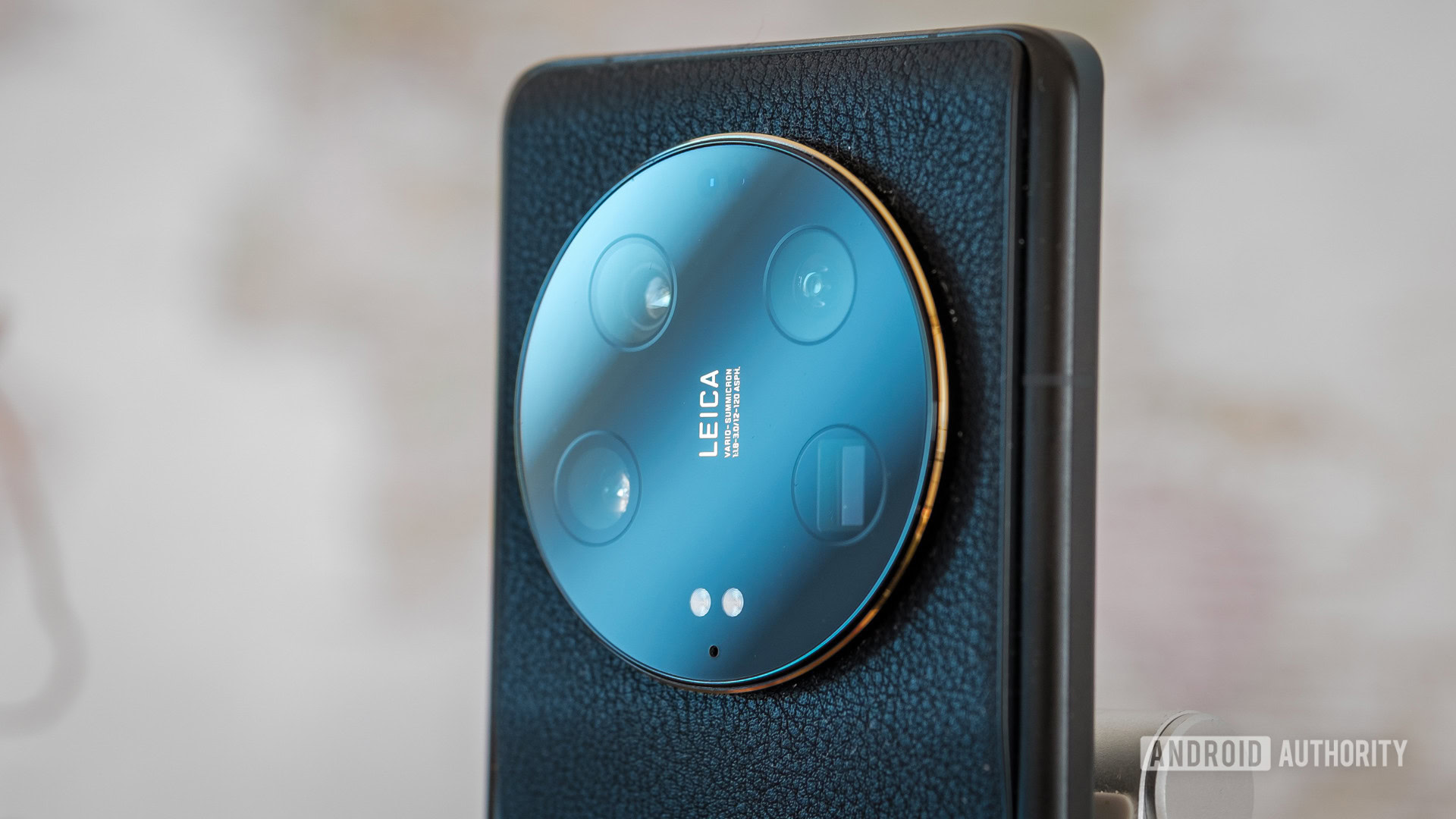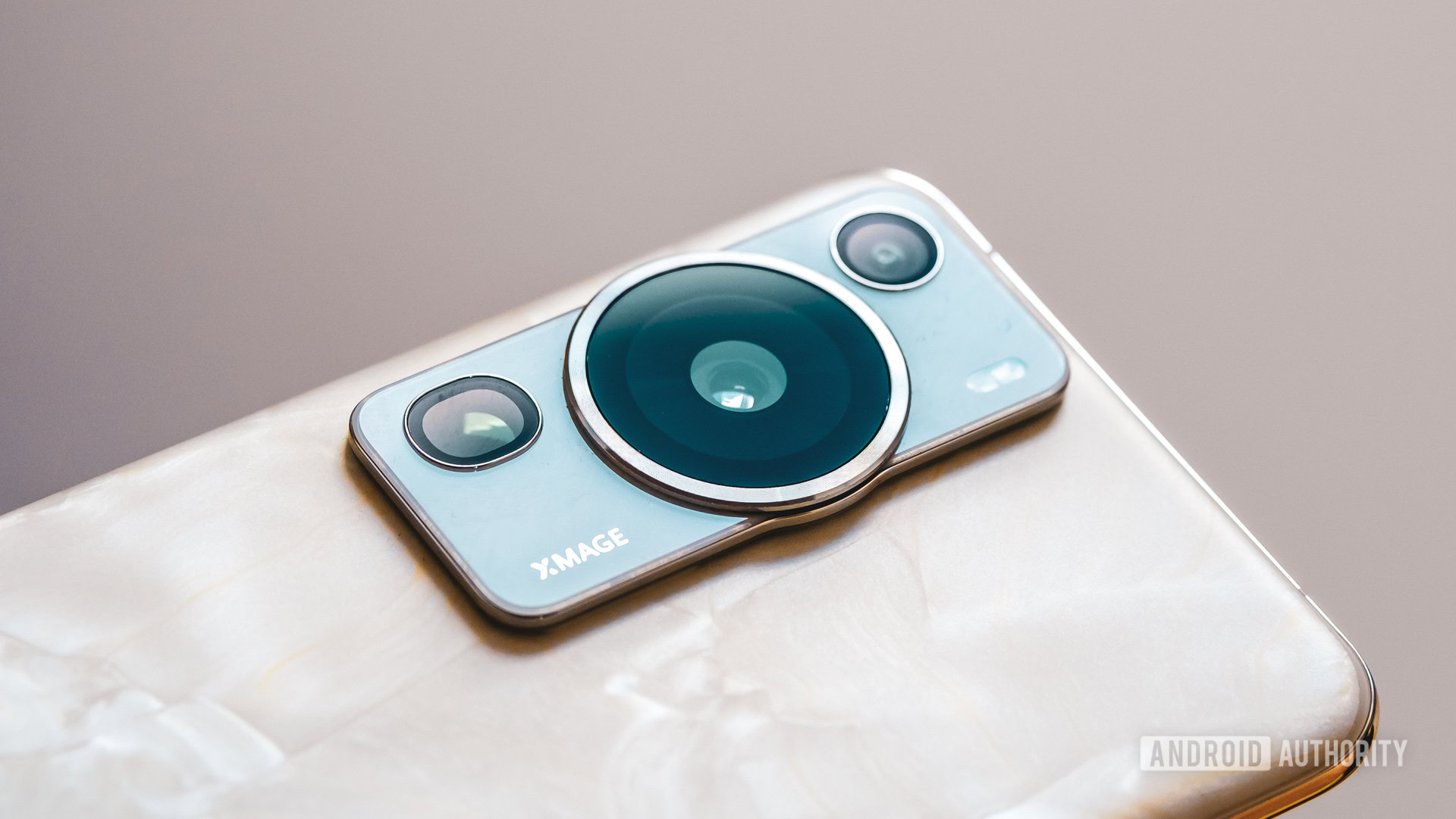Affiliate links on Android Authority may earn us a commission. Learn more.
One-inch phone cameras are amazing, but they need DSLR-like lenses too
Published onJuly 1, 2023

One of the more notable trends in the best smartphone cameras in the last 12 months is the shift to one-inch sensors. The 50MP Sony IMX989 is leading the charge in this regard, becoming the primary camera of choice for some of the best Android phones.
It goes without saying that a larger camera sensor is usually a good thing in the smartphone space, offering better light-gathering capabilities. And more light captured means brighter images, increased dynamic range, and improved detail.
However, our time with some one-inch camera phones shows that a variable aperture is necessary too.
What’s the problem with one-inch cameras?
In combination with a relatively large aperture, one-inch camera sensors don’t always offer the best focus. One issue is that only a small area is in focus, with subjects on the periphery of a scene looking very soft and/or featuring blurred edges. In fact, you might find that only a small part of your primary subject is in focus. That can be down to poorer quality lenses that can’t focus light as well at the frame edges.
Secondly, large sensors and large apertures produce a narrow or shallow depth of field, making it tricky to capture a subject in full focus. This is particularly noticeable when trying to take photos relatively close to a subject but not close enough for the macro mode to kick in. It can also be noticeable when taking group shots, resulting in people on the edge of the scene being out-of-focus. While the large vivo X90 Pro camera has proven to be pretty great, it’s also a good candidate to show off these issues with a few snaps below. Note the nuts on the edge of the bowl are blurry, while the flower petals have ghosted edges.
Strong blur isn’t always a bad thing, as it allows for more natural bokeh effects in some situations, such as portraits. But it does mean you need to step back to keep everything in focus in some situations, while conventional phones with smaller sensors allow you to stay close and focused. Some examples include taking photos of food, plants, and documents. This can be particularly irksome when taking photos of documents and other close-up snaps with flat surfaces.
How would a variable aperture help?

One handy solution to this problem is to slap a variable aperture on a large sensor. This is precisely what brands like Xiaomi and HUAWEI have done with the Xiaomi 13 Ultra, HUAWEI Mate 50 Pro, and HUAWEI P60 Pro. Xiaomi’s Ultra flagship, in particular, gets with the program and pairs a one-inch sensor with an adjustable aperture. We were certainly impressed by the Xiaomi 13 Ultra camera during our review.
This approach means you can shoot at the widest aperture in conjunction with a big sensor for natural bokeh effects and brighter snaps. However, you can also switch to a narrow aperture when you need to get closer to a subject or if you simply want everything in focus with a wider depth of field. Check out the example below, shot on the P60 Pro.
This variable aperture approach means you can keep things in focus without stepping back. Check out the comparisons between the X90 Pro and the earlier Mate 50 Pro. You can notice the blurred edges on the planter in the background in the vivo shot.
That said, variable aperture isn’t a silver bullet for better images with huge camera sensors. For example, the Mate 50 Pro tends to over-sharpen images shot at ƒ/4.0. We’ve also noticed some white balance inconsistencies between the different aperture levels. This is less of an issue on the P60 Pro but still something to be aware of. So consistent image processing across varying aperture levels should be another important consideration for manufacturers.
Variable aperture already comes in a few different forms. HUAWEI provides ten different aperture levels (f/1.4 through f/4.0), providing some of the flexibility you’ll find on SLR cameras. However, you don’t necessarily need all that to benefit from the technology. The Xiaomi 13 Ultra packs a dual aperture design (f/1.9 and f/4.0) instead. While less flexible, this still provides two starkly different aperture options that help keep pictures in focus. View the comparison below to see what we mean.
It’s also worth noting that many, but not all, phones with variable aperture capabilities can switch between aperture levels in the standard photo mode automatically. This is particularly handy for photography neophytes or those who simply don’t want to spend time adjusting settings to get the perfect shot. If variable aperture tech is to go mainstream, it needs to be as user-friendly as possible.
It’s time for variable aperture to make a comeback
Variable aperture tech isn’t new, first arriving on Samsung phones in the late 2010s. But there wasn’t really a need for this feature given the small size of smartphone camera sensors back then. The tech seems to be making a comeback in 2023, and the timing couldn’t be more appropriate.
Whether it’s a simple dual aperture approach or a truly variable design, today’s giant, one-inch camera sensors will benefit from an adjustable aperture. So here’s hoping we see more phones with this feature in 2024 and beyond.